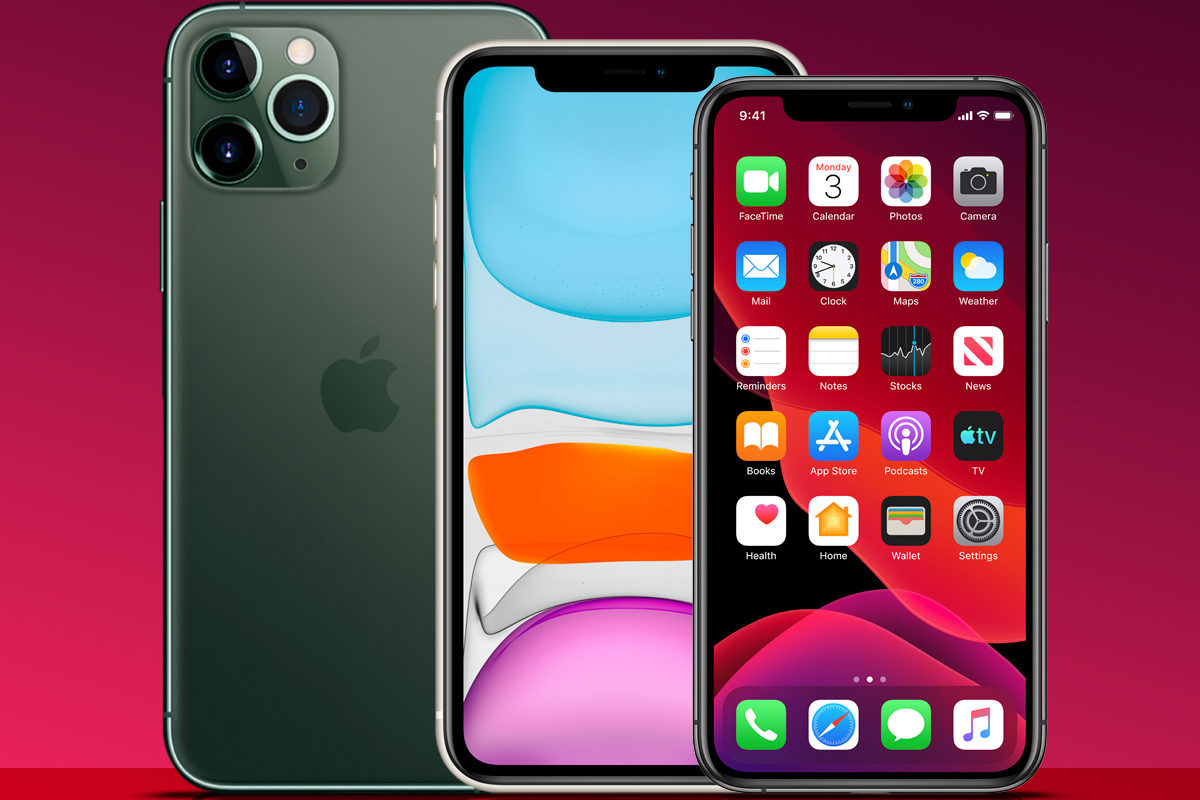While these new iPhones don’t look too much different from their predecessors in terms of design, there’s a lot of differences inside. All three are powered by Apple’s brand-new A13 chip, come with iOS 13 installed and boast loads of improvements to the cameras. There’s also 4GB RAM (that’s according to the Geekbench benchmarking app, anyway) across all models.
The A13 chipset is the next-generation of Apple’s silicone and it provides absolutely fantastic performance across all Apple’s 2019 iPhones. There’s no obvious difference in terms of speed and graphical power between the iPhone 11 and 11 Pro though, so don’t pick up the pricier model expecting it to run games faster.
Storage is a bit of an issue though, especially when you consider the iPhone 11 Pro costs more than £1000 ($999 in the USA) and for that hefty outlay, you only get 64GB. Of course, you can pay more for 256GB or 512GB. We’d suggest ignoring the 64GB immediately and instead, go for the 256GB option.
Both of Apple’s 2019 flagships are excellent phones and a good step forward from what we saw in 2018. Whichever one you choose you’ll be getting a phone we can easily recommend.
We would say, for most people, the iPhone 11 is a better mix of functionality and price. It takes just as good pictures as the Pro, is just as fast and is available in more colors – but, most importantly, it’s a lot cheaper.
However, the iPhone 11 Pro is technically the ‘better’ phone thanks to a nicer display (available in two sizes), an extra rear camera and the option of fantastic battery life if you go for the Max model. Of course, you’ll have to pay more for the pleasure.

